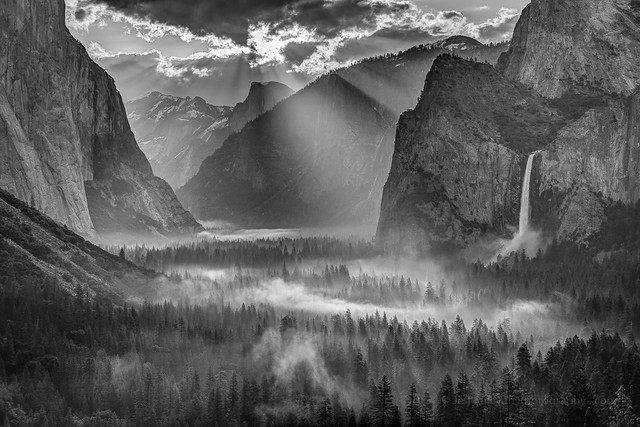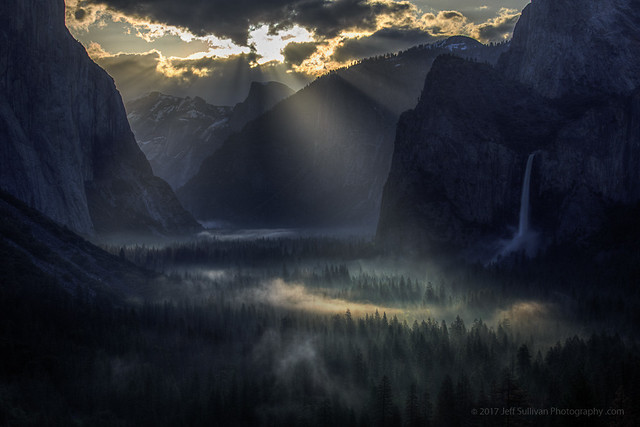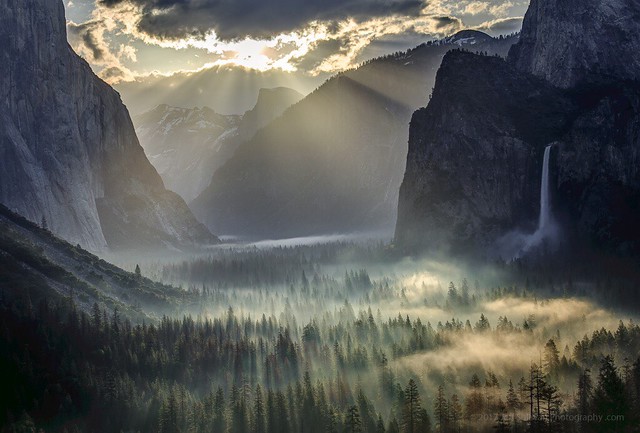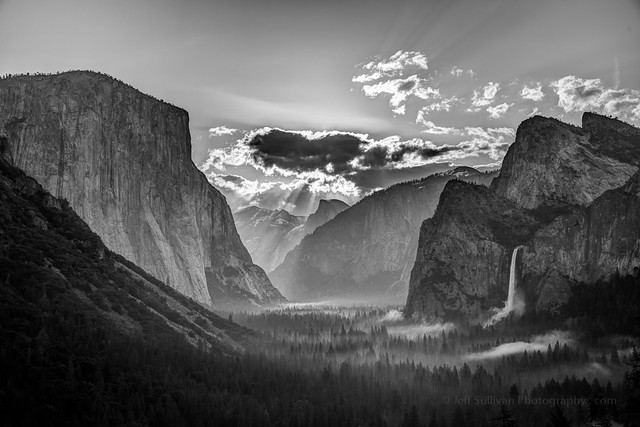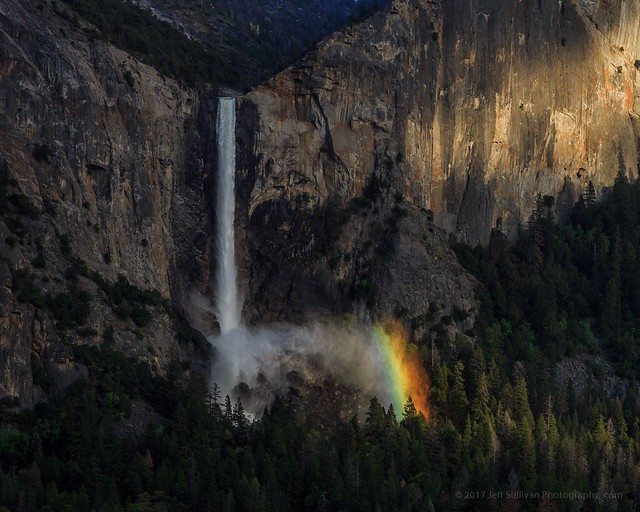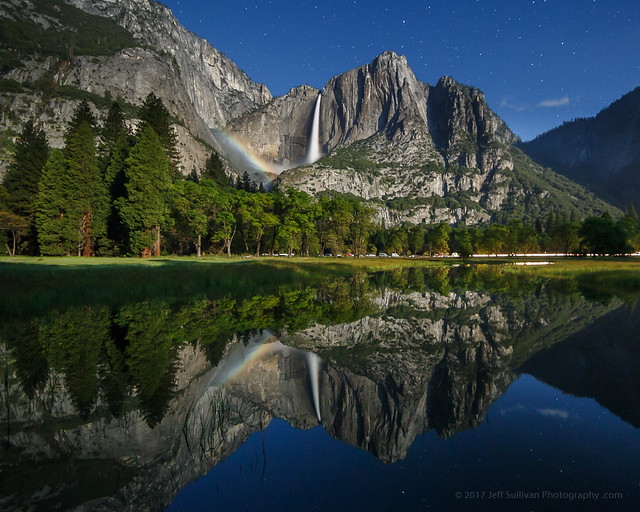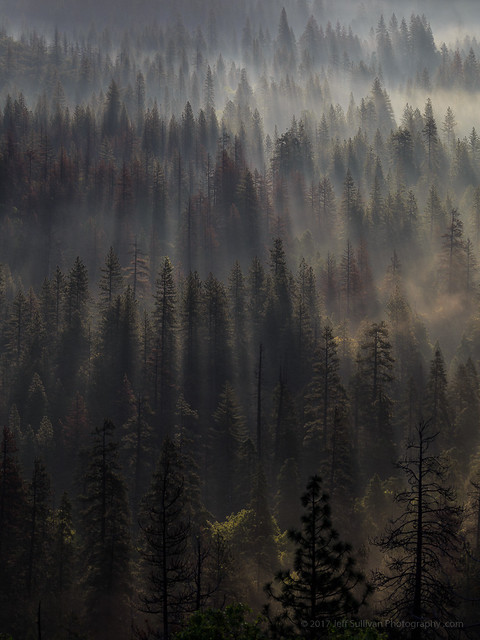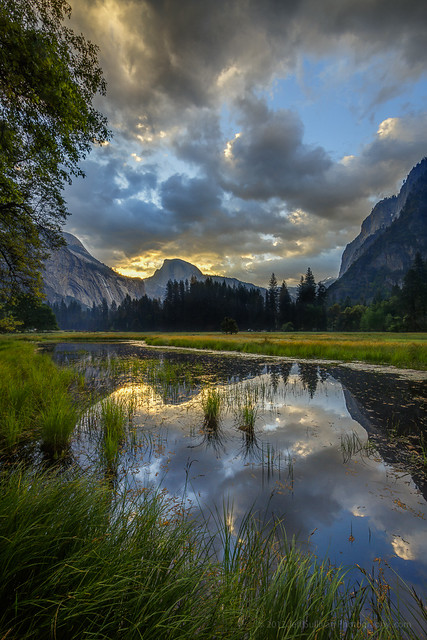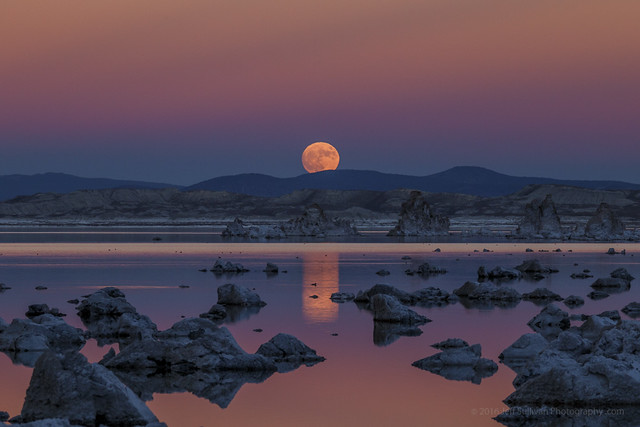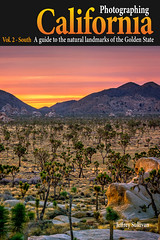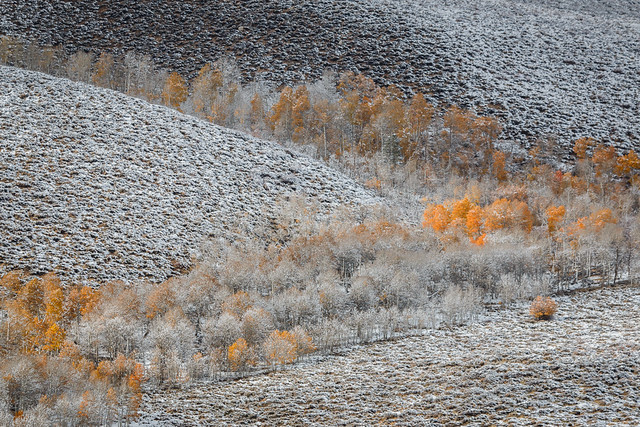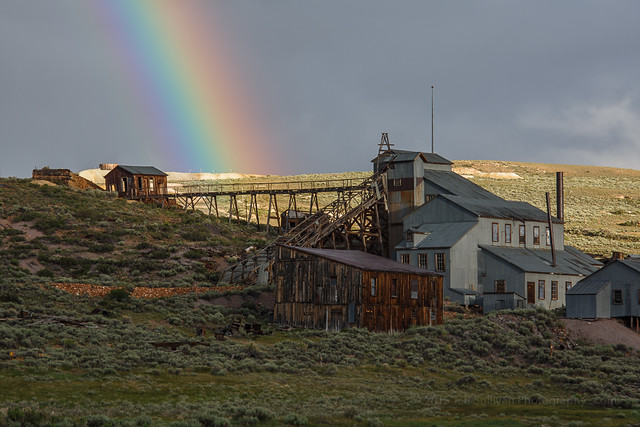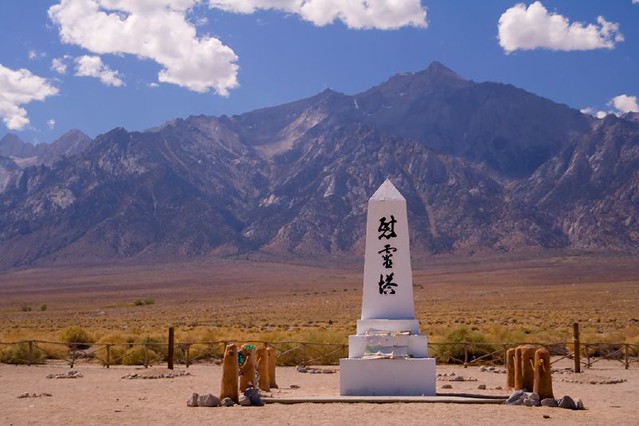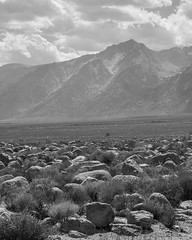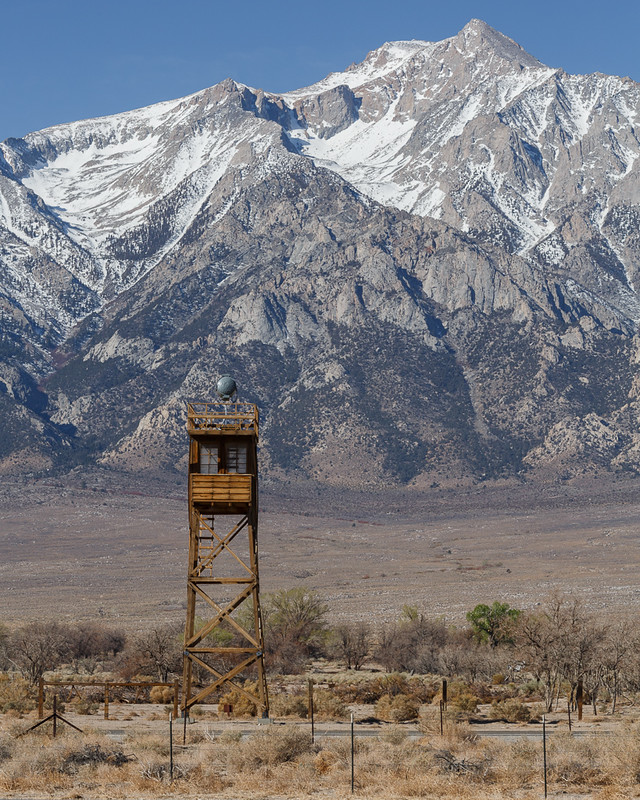The moon will rise shortly before sunset tonight, providing a perfect opportunity to photograph the moon near the horizon at sunset. Here are 38 degrees north it'll rise about 15 minutes before sunset, and be about 1.6 degrees high, or three moon widths, above a zero-degree horizon at sunset.
About ten minutes later as you may start to see the earth's shadow rise above the horizon, its blue color contrasting against the adjacent pink-orange last light of the sun in the "belt of Venus" effect, the moon will be about 3.5 degrees high, seven moon widths.
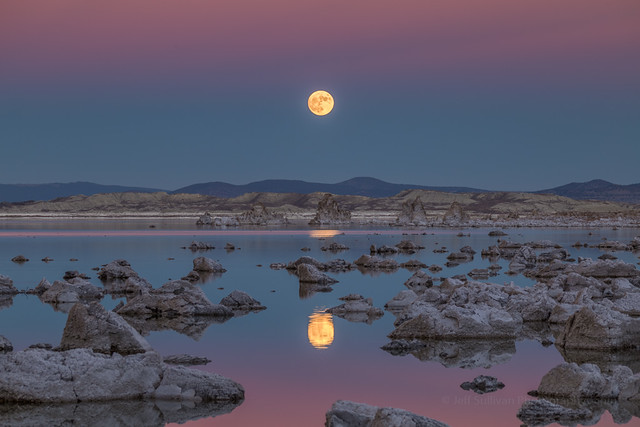
In apps such as
The Photographer's Ephemeris and
PhotoPills you can fine tune the times and moon direction and elevation for any shooting spot you might want to plan for. Plan well enough, and you can anticipate compositions that place the moon reflecting in lakes, or beside or just over natural or man-made landmarks.

Similar opportunities present themselves on the opposite horizon with the moon set at sunrise, so look at your favorite astrophotography app and start planning! You can combine opportunities, such as catching a moon coming out of eclipse, as it sets behind a nearby ridge.
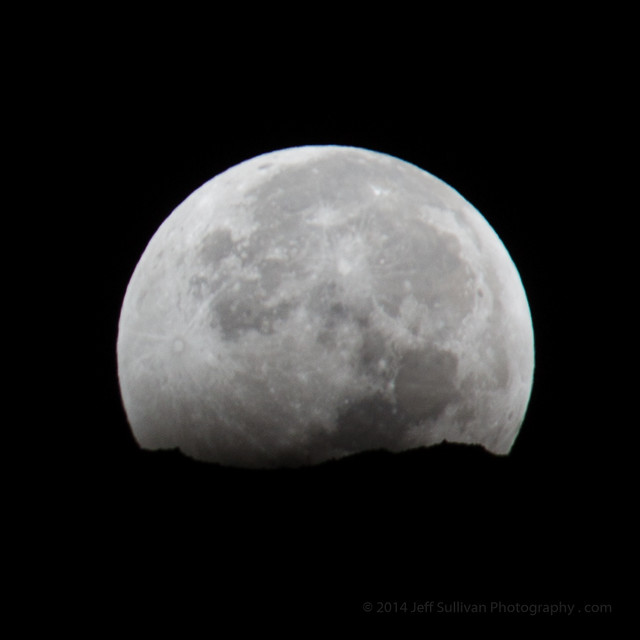
Or place the moon on a man-made structure like the tip of the Transamerica building in San Francisco. I started shooting this sequence of images about 15 minutes ahead of time to show how the placement of the moon can be accurately planned in advance, and rendering the images as a time-lapse video lets you see the entire sequence:
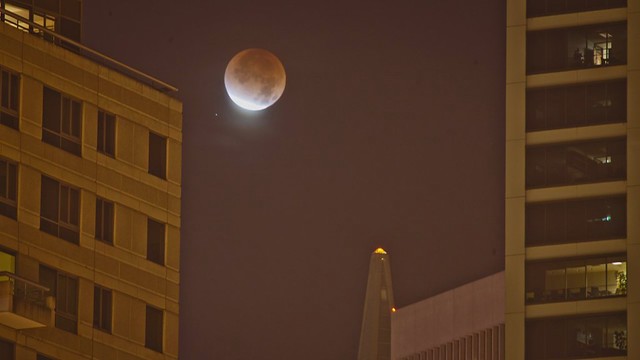 |
| As calculated, the moon ends up centered on the tip of the pyramid! |
For a discussion of advanced considerations, read the article, "
I've planned my supermoon eclipse shot: what could possibly go wrong?"
For a bonus on the tomorrow morning, I see in my SkyWeek+ app that the planets Venus and Mars will be within 1/4 degree of each other before dawn on October 5. The StarWalk+ app shows me that they will be rising by about 5:10 am roughly due east. Photograph them on and close to the horizon, then conditions should continue to improve improve by around 6 am as they're rising out of the thicker air and haze close to the horizon. At that point they are still low enough to be captured in landscape shots as the oncoming twilight increasingly illuminates the landscape. The sun rises close to 7 am, so they may fade as the sky brightens, and Mars in particular may be long gone by 6:30 am.
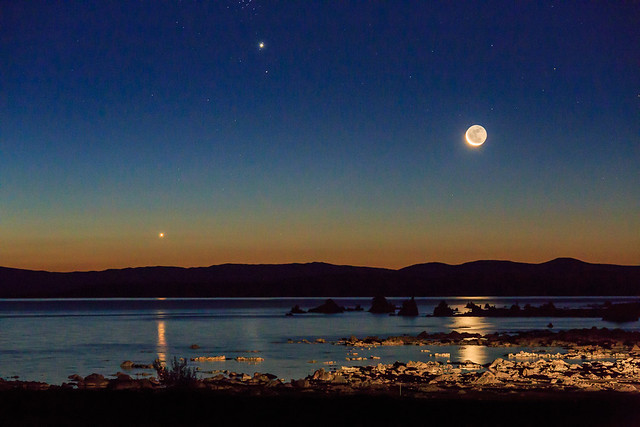
You never know what you might come up with. A while back I shot the moon with Jupiter and Venus rising nearby, and my photo was used in an article by astronomer Don Olson of the University of Texas, in an article in the August issue of Sky & Telescope Magazine!
I haven't looked up the phase that Venus is in, but if you have a strong enough lens, youc an see that it's illuminated in a crescent phase.

The first step is to anticipate and plan for some great opportunities with the moon and/or planets. Then get out there and shoot! Tonight at sunset and tomorrow before dawn offer you a couple of good ones to start with. You never know what you might discover!
